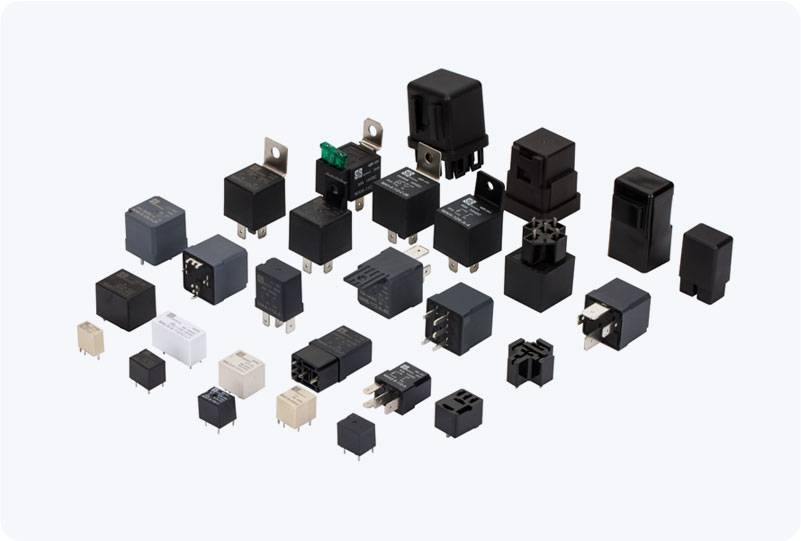Hydraulic systems are essential in various industries, from construction and manufacturing to automotive and aerospace. These systems rely heavily on fluid power to perform tasks that require high force or precision, such as lifting, moving, or controlling machinery. At the heart of a hydraulic system lies a key component—the hydro valve. The hydro valve, also known as the hydraulic valve, plays a crucial role in controlling the flow, pressure, and direction of the hydraulic fluid, making it a vital part of the system’s functionality.

What is a Hydro Valve? A hydro valve is a mechanical device designed to control the movement and regulation of hydraulic fluid within a hydraulic circuit. It directs the flow of pressurized fluid, ensuring that the system operates effectively and safely. Hydro valves can be designed to perform a variety of functions, including controlling the flow rate, adjusting pressure, or even changing the direction of fluid flow. Without a hydro valve, a hydraulic system would not be able to function as intended, leading to inefficiency or even system failure. Types of Hydro Valves Hydraulic systems typically use several different types of hydro valves, each with specific roles in regulating fluid dynamics. The primary types of hydro valves include: